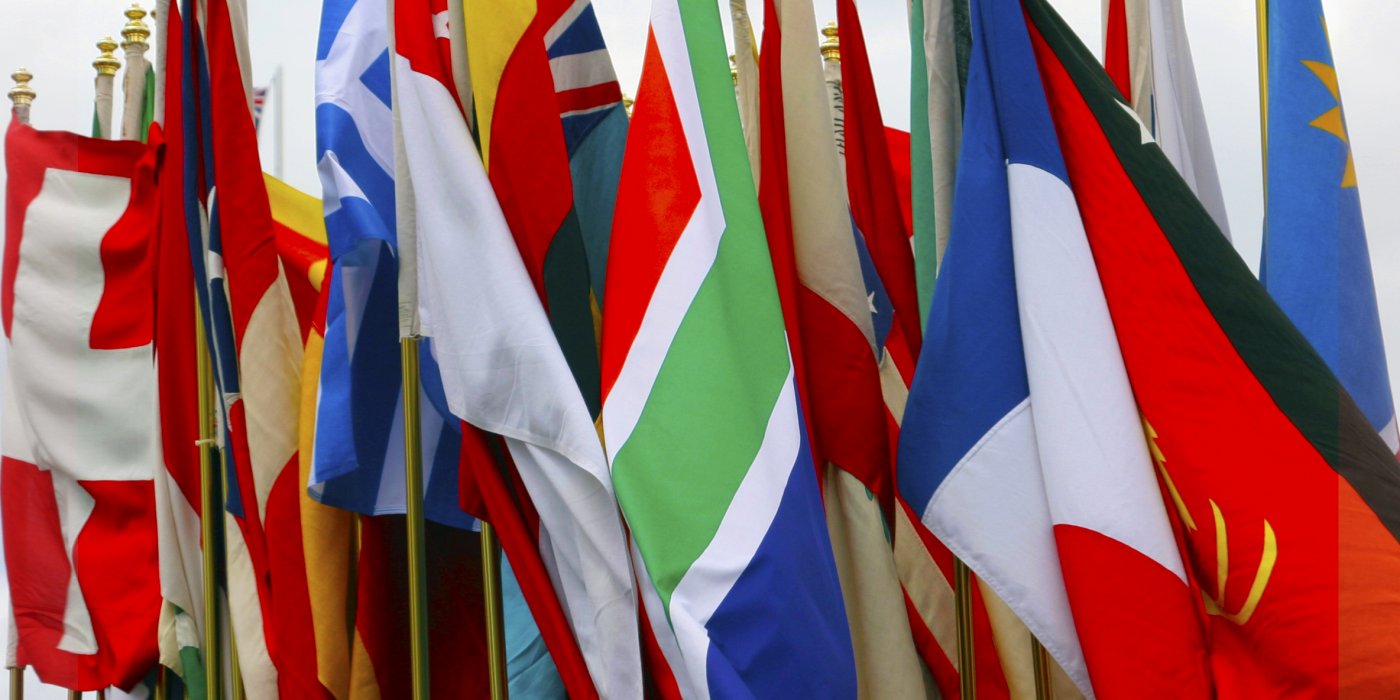Cultural Intelligence

Earley and Mosakowski (2004) introduced a program to cultivate cultural intelligence in managers who build cross-cultural relationships. The program comprised of a six-step program that spanned two and a half days. Each step in the program is developed to strengthen the cognitive, physical, and motivational components.
The first step requires an “individual [to] examine his CQ strengths and weaknesses to establish a starting point for subsequent development efforts (Earley & Mosakowski, 2004).” Cultural intelligence requires a level of conscious understanding of self, society, and structures related to other cultures. This could mean that a leader embarking on a foreign assignment could have a 360-degree assessment conducted to learn their strengths and weaknesses to start training in those areas. Determining the necessary training is the second step in the program and attending the training is the third step. The training should be designed to expose the leader to situations and activities that provide them with general everyday interactions, abilities, and skills that will allow them to perform work-related duties (Crowne, 2013). Research has shown that cultural exposure to various practices impacts cultural intelligence (Crowne, 2013).
The fourth step involves building a support system that will enable individuals to train properly for a cross-cultural experience. Once training has been completed, the leader submerges themselves in the assigned culture. This emersion allows individuals to observe and use the appropriate tools and training to interact across cultures (Crowne, 2013). This cultural exposure allows them to learn and experience cultural behaviors (Crowne, 2013).
Finally, as with any well-developed program, the individual evaluates their newly attained skills. This can be accomplished with another 360-degree assessment. This assessment exposes areas of improvement and areas that should undergo further training (Earley & Mosakowski, 2004).
Cultural and Emotional Intelligence
Emotional intelligence (EQ) is the ability to interpret one’s emotions and differentiate among them to guide one’s thinking (Salovey & Mayer, 1990). Individuals with emotional intelligence recognize how their feelings affect others and their performance (Goleman, 1998). They can self-regulate their impulses to control them in a useful way (Goleman, 1998). They are motivated to achieve beyond personal and external expectations (Goleman, 1998). Emotional intelligent leaders can understand others’ emotions and treat them accordingly (Goleman, 1998). Lastly, they are proficient at cultivating relationships and networks (Goleman, 1998).
Earley and Mosakowski (2004) noted that cultural intelligence begins when emotional intelligence ends. Their study alluded to cultural intelligence (CQ) being a full-bodied experience. They posited that cultural intelligence consists of three components: cognitive, physical, and motivational. A highly culturally intelligent person exhibits all components (Earley & Mosakowski, 2004). When individuals are aware of themselves and the cultural construct around them, they have cognitive and cultural intelligence (Clark & Polesello, 2017). The physical, or behavioral, component is the verbal and non-verbal behaviors shown when interacting with cross-cultural backgrounds. Finally, the motivational component involves an individual’s desire to learn and function in a cross-cultural setting (Clark & Polesello, 2017; Crowne, 2009; Earley & Mosakowski, 2004). These components aid in an individual’s decision-making, task performance, and cultural adaptation, all necessary factors when a leader must participate in a cross-cultural environment (Crowne, 2013).
Emotional and cultural intelligence involves individuals being motivated to learn about themselves and others. This requires a level of self-awareness and openness. Openness fosters communication and relationship building (Hassanzadeh et al., 2015). Both traits allow for leaders to facilitate communication and change between people. In contrast, emotional intelligence’s primary goal is to regulate emotions, while cultural intelligence focuses more on how messages are delivered, albeit directly or indirectly.
Importance of Cultural Intelligence
As organizations grow across national boundaries, global leaders become more of the rule than the exception. With this expansion, the requirements to be an effective leader become more complex (Clark & Polesello, 2017). The ability to effectively lead and manage diverse cultures is becoming more significant to businesses. Global leaders with cultural intelligence can bridge the gap between cultures and companies (Rockstuhl et al., 2011). Globalization brings new cross-cultural challenges requiring a leader to shift and leverage a diverse environment’s capabilities (Clark & Polesello, 2017). A global leader with cultural intelligence must be prepared to learn to look for cultural cues and be open to different perspectives (Clark & Polesello, 2017). They must change their mindset to adopt a multicultural one and balance local and global regulations (Rockstuhl et al., 2011).
Conclusion
Emotional and cultural intelligence are vital characteristics for global leaders. These skills enable leaders to communicate effectively across diverse cultures. Emotional intelligence is the ability for leaders to recognize and adapt to their and others’ emotions. Cultural intelligence affords a leader the ability to adapt to respective cultures. Earley and Mosakowski (2004) developed a six-step program to cultivate cultural intelligence in managers. In the growing era of globalization, a leader with cultural intelligence can assimilate to other cultures to encourage cross-cultural communication and relations.
References
Clark, J. M., & Polesello, D. (2017). Emotional and cultural intelligence in diverse workplaces: Getting out of the box. Industrial and Commercial Training, 49(7/8), 337–349. https://doi.org/10.1108/ict-06-2017-0040
Crowne, K. A. (2009). The relationships among social intelligence, emotional intelligence and cultural intelligence. Organization Management Journal, 6(3), 148–163. https://doi.org/10.1057/omj.2009.20
Crowne, K. A. (2013). Cultural exposure, emotional intelligence, and cultural intelligence. International Journal of Cross Cultural Management, 13(1), 5–22. https://doi.org/10.1177/1470595812452633
Earley, C., & Mosakowski, E. (2004, October). Cultural intelligence. Harvard Business Review, October 2004, 139–146.
Goleman, D. (1998). What Makes a Leader? Creative Management and Development Creative Management and Development, 120–132. https://doi.org/10.4135/9781446213704.n9
Rockstuhl, T., Seiler, S., Ang, S., van Dyne, L., & Annen, H. (2011). Beyond general intelligence (IQ) and emotional intelligence (EQ): The role of cultural intelligence (CQ) on Cross-Border leadership effectiveness in a globalized world. Journal of Social Issues, 67(4), 825–840. https://doi.org/10.1111/j.1540-4560.2011.01730.x
Salovey, P., & Mayer, J. D. (1990). Emotional intelligence. Imagination, Cognition and Personality, 9(3), 185–211. https://doi.org/10.2190/dugg-p24e-52wk-6cdg